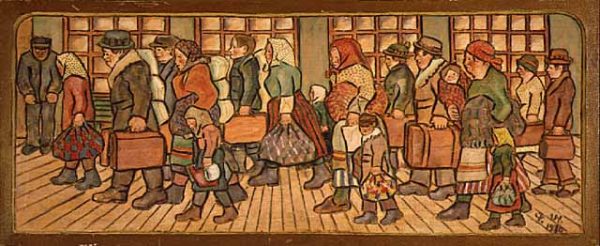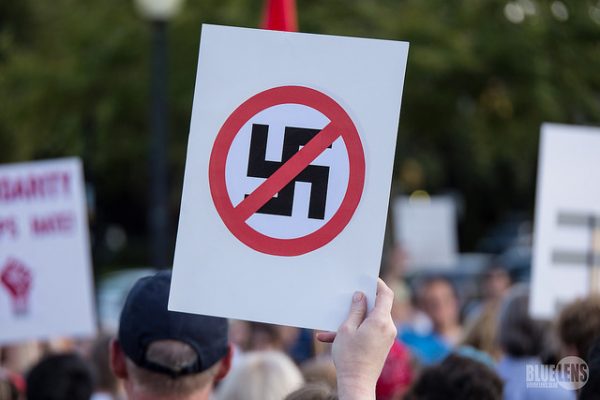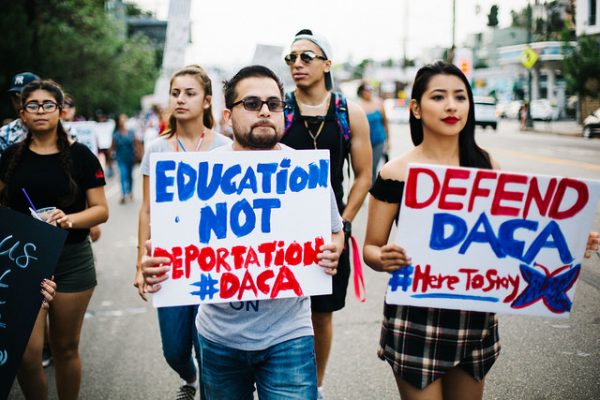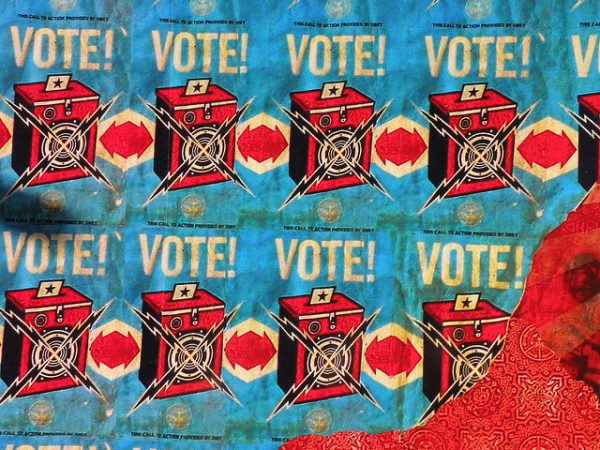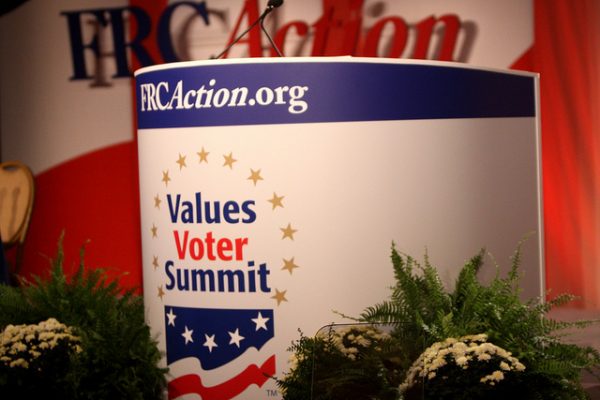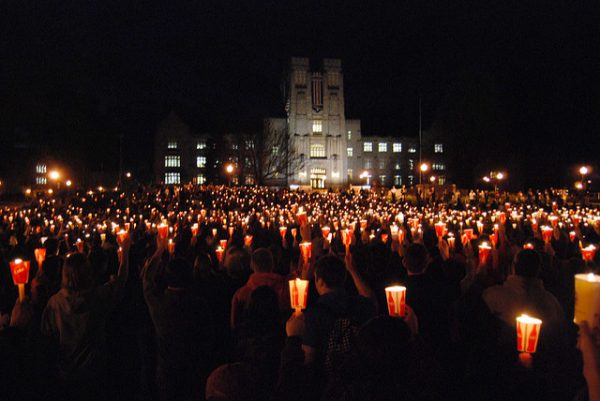
Of the many so-called crises in higher ed, University of Wisconsin-Superior recently announced its plan to suspend 25 academic programs (including sociology). Administrators claimed their decision is part of a larger effort in higher education institutions to decrease the time students spend in college in order to increase graduation rates and lessen debt for low-income, first-generation students. Social science research, however, suggests curriculum shifts may not address first-generation students’ needs.
First-generation students are more likely to come from low-income minority families, delay entry into college, attend college part-time, and work full-time while in school — all characteristics that reduce the likelihood of completing a degree. Only 27 percent of first-generation college students at four-year institutions graduate in four years, compared to 42 percent of students whose parents graduated from college. And only five percent of low-income, first-generation students who begin at two-year community colleges completed a bachelor’s degree within six years. Further, first generation students often have limited access to the “cultural capital” that privileges wealthier students.
- Peter Collier and David L. Morgan. 2008. “‘Is That Paper Really Due Today?’: Differences in First-Generation and Traditional College Students’ Understandings of Faculty Expectations.” Higher Education 55(4):425–46.
- Sylvia Hurtado and Deborah Faye Carter. 1997. “Effects of College Transition and Perceptions of the Campus Racial Climate on Latino College Students’ Sense of Belonging.” Sociology of Education 70(4):324-345.
The completion agenda — an effort to increase completion rates, especially among community college students — aims to compensate for differences in cultural capital by making graduation requirements clear and accessible. It can also include limiting course or curricular options in an attempt to reduce “wasted” credits. But simply reducing the number of credits taken does not address the fundamental challenge of how to to pay for both tuition and basic needs, a major reason why students drop courses, take semesters off, and leave school. In addition, a completion agenda may limit low-income, first-generation students to low-quality programs, while more prestigious institutions offer privileged students broad selections that are transferable across many professions.
- Sara Goldrick-Rab. 2016. Paying the Price: College Costs, Financial Aid, and the Betrayal of the American Dream. University of Chicago Press.
- Tressie McMillan Cottom. 2017. Lower Ed: The Troubling Rise of for-Profit Colleges in the New Economy. New York: The New Press.

